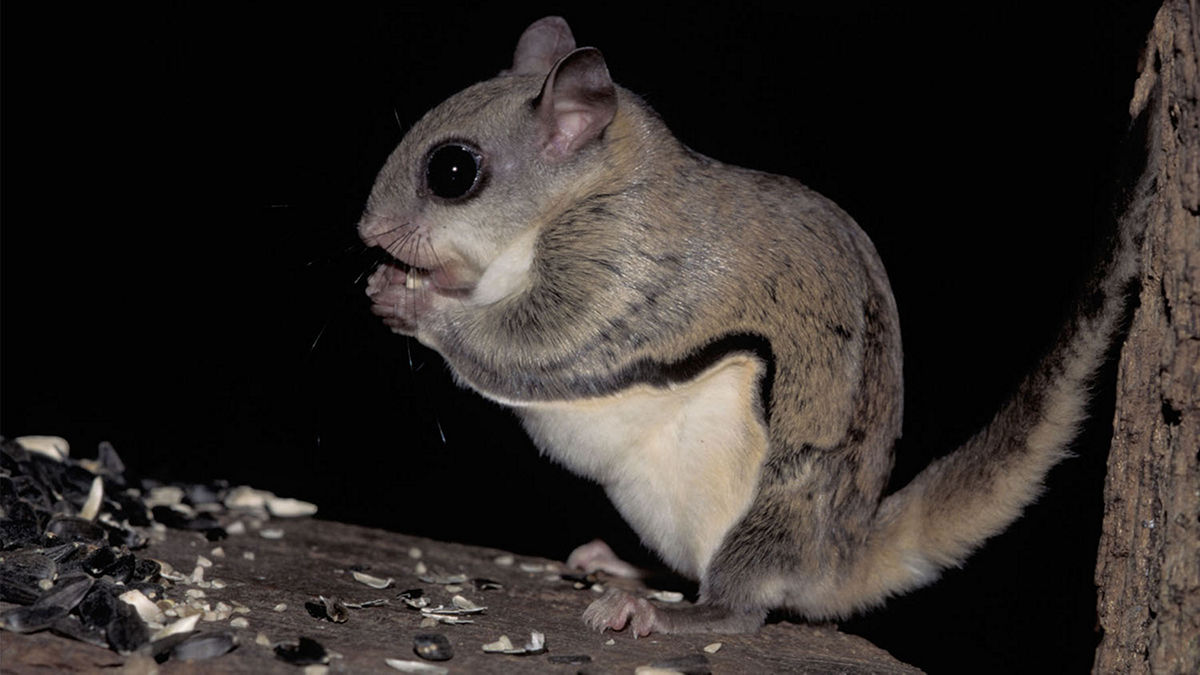News

North American Flying Squirrels Show High Thermal Tolerance
A northward range shift of the North American flying squirrel (Glaucomys spp.) has been observed in the last few decades. The North American flying squirrel is in fact many species that all have made the shift northwards starting in the 90ties. The exact reason for this shift is unknown, let alone the impact this has on the forest communities which is also unknown. In a recent study researchers looked at the southern flying squirrel to try to answer if the rising summer temperatures had a significant role in this shift. Most studies so far have focused on increased temperatures during winter. In this study the focus was on thermoregulation during summer temperatures in free ranging squirrels and in laboratory settings.
Male flying squirrel implanted with tiny temperature loggers
Scientists from the University of Maine and Pennsylvania State University implanted 7 males with Star-Oddi DST nano-T temperature loggers. The females were either pregnant or nursing during the study time and therefore excluded. The loggers were programmed to measure every 5 minutes for the duration of the deployment. All measurements were matched with ambient temperature and categorized as daytime or nighttime. Additionally, a squirrel-defined date running from dusk to dusk was assigned to each record. This allowed the researchers to examine the activity period as one instead of two.
Flying squirrels showed high thermal tolerance
Free ranging squirrels showed a distinct pattern of temperature fluctuations during their activity cycle, during which the body temperature rose during the nighttime and lowered during the resting phase in daytime. This heterothermy ranged from 1.9°C – 2.2°C on average. Torpor was not observed. It was found that the Southern flying squirrels do not increase their metabolic rate significantly with increasing ambient temperature, as anticipated. The Southern flying squirrels showed a high thermal tolerance and did not show increased evaporative heat loss until above 36°C. The lab tests mirrored the results from the wild squirrels.

Further results can be found in the article published in Journal of Mammalogy and can be found here.